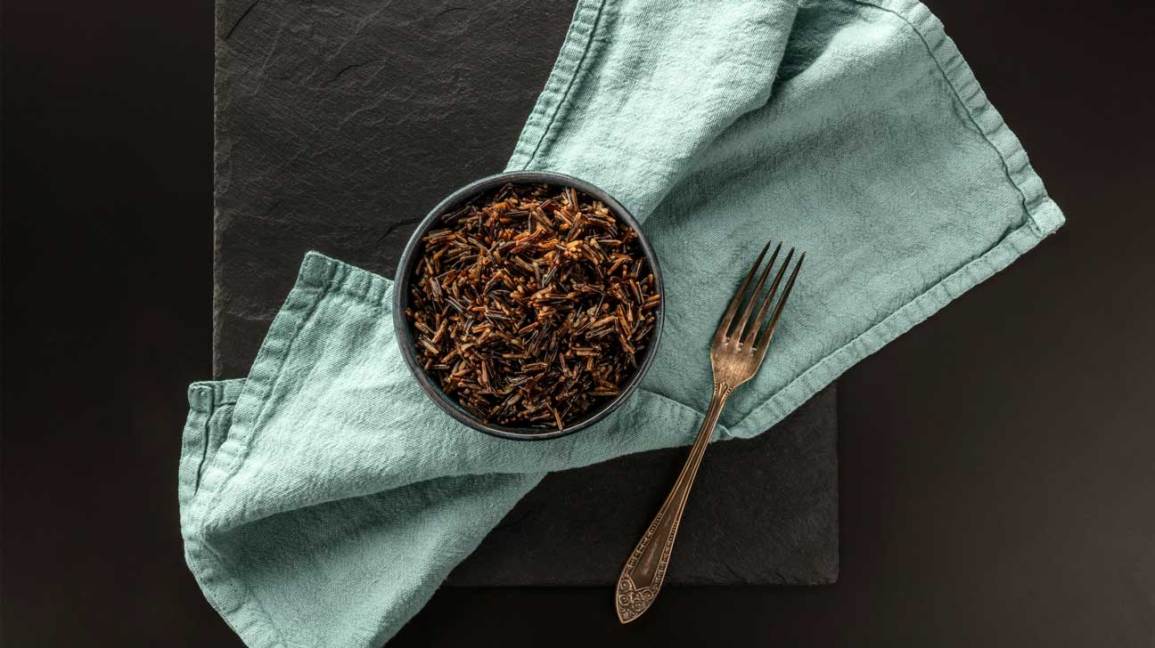Wild rice has been gaining immense popularity in recent times due to its nutritious value and organic nature. Although named rice, it is rather a special species of grass which produces edible seeds. It grows in shallow freshwater marshes alongside lakes.
In all, there are four different species of wild rice. One is native to Asia and the other three are native to North America. In fact, originally wild rice was grown and harvested only in North America as a staple diet.
Also read: The 5-second rule: Is it safe to have food off the floor?
Although it looks like rice, wild rice has a much stronger taste and a much steeper price.
A 100 gram serving of wild rice carries 101 calories, which is considerably less than white as well as brown rice. In addition, it comprises various essential nutrients like iron, magnesium, zinc, copper, phosphorus and magnesium.
Wild rice has twice as much protein as the regular white and brown rice. It is considered a complete protein having all nine essential amino acids.
Meanwhile the fiber content of wild rice is similar to brown rice, it is still more than white rice.
Wild rice also reduces the risk of several diseases owing to its very high antioxidant value.
Also read: Egg recipes under 200 calories to keep you healthy
Studies have shown that eating wild rice has also proved to be beneficial for the heart. This is because it reduces the LDL cholesterol in the body, preventing plaque buildup in the arteries.
The glycemic index (GI) of wild rice is 57, which is similar to that of oats and brown rice. Thus it has shown to improve blood sugar control, reducing the risks of diabetes.
However, wild rice also has potential adverse effects. It might get infected by a dangerous toxic fungus called ergot, leading to ergot toxicity. The side effects include nausea, vomiting, diarrhea, headaches, dizziness, seizures and mental impairment.
Also read: How can a well-balanced diet help maintain weight?
Moreover, similar to regular rice, wild rice is susceptible to heavy metals. Overtime accumulation of heavy metals can cause serious health hazards.
One should definitely give wild rice a try and reap the benefits of its advantages, while being cautious of any fungal infections.







